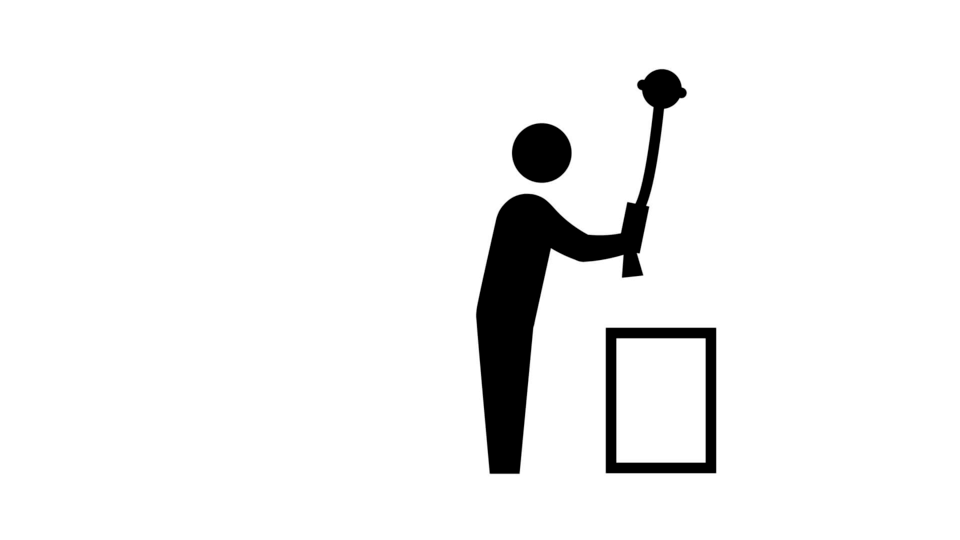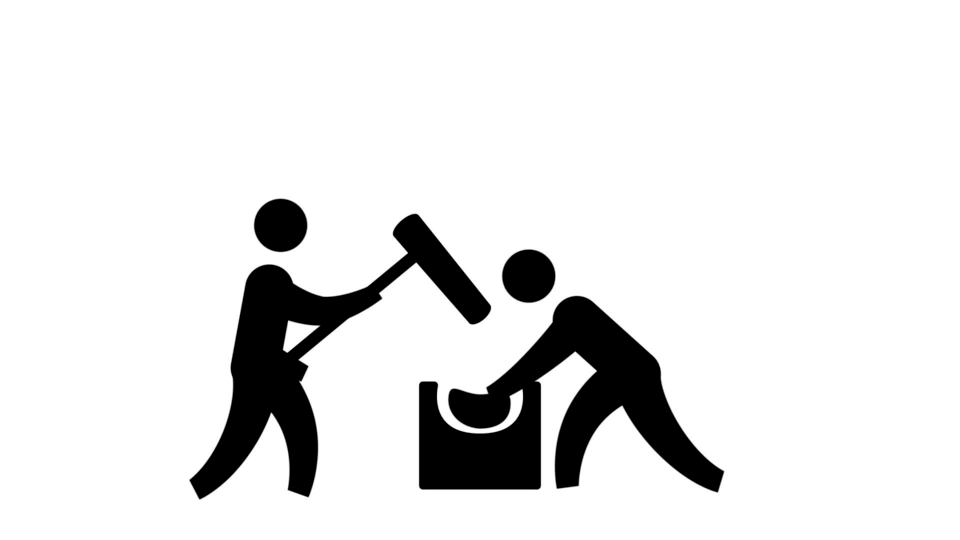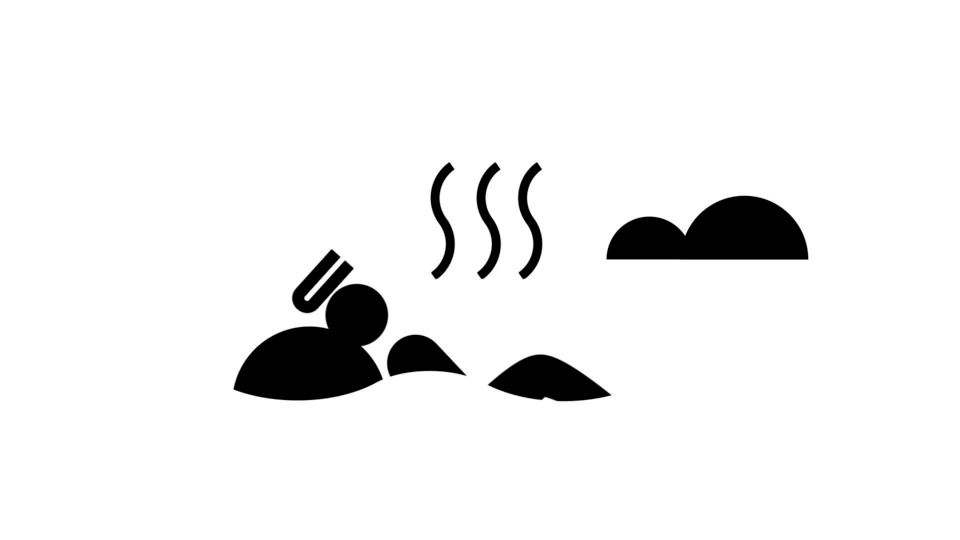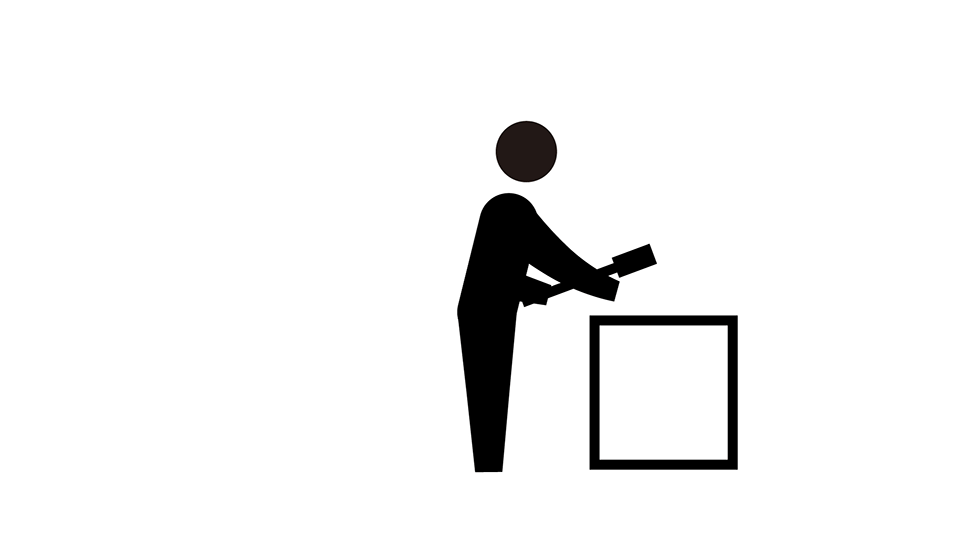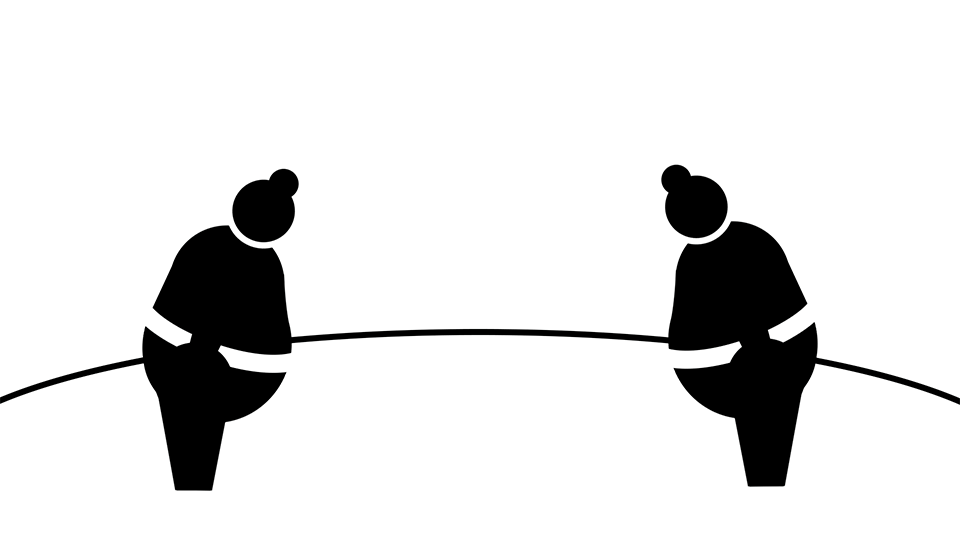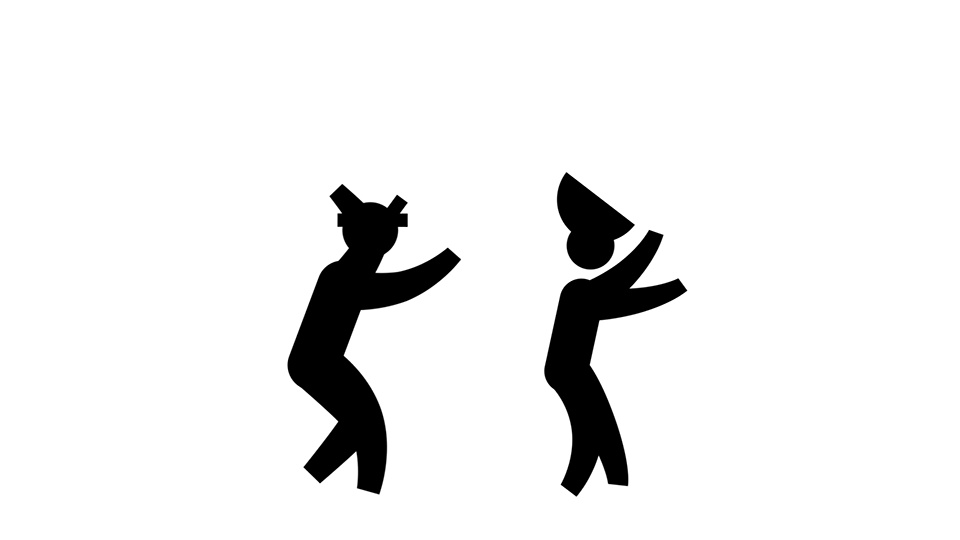- KONTO
- MONOMANE
- KAMIKIRI
- KIJUTSU
- DAIKAGURA
- MANZAI
- ROKYOKU
- KODAN
- RAKUGO
- MAGLEV CHUO SHINKANSEN L0 SERIES
- 923 TYPE DOCTOR YELLOW SETS
- BULLET TRAIN E6 SERIES
- BULLET TRAIN E5 SERIES
- BULLET TRAIN E4 SERIES MAX
- BULLET TRAIN 800 SERIES
- BULLET TRAIN N700 SERIES
- BULLET TRAIN 700 SERIES
- BULLET TRAIN 500 SERIES
- BULLET TRAIN 300 SERIES
- BULLET TRAIN 100 SERIES
- BULLET TRAIN 0 SERIES
- SHURIJO CASTLE
- TAKACHIHO GORGE
- AMAKUSA ISLANDS
- YUFUIN
- DAZAIFU TENMANGU SHRINE
- DOGO HOT SPRING
- KOTOHIRA SHRINE
- AWA DANCE FESTIVAL
- KINTAI BRIDGE
- OKAYAMA KORAKUEN GARDEN
- NACHI FALLS
- ENRYAKUJI TEMPLE (MT. HIEIZAN)
- NAGOYA CASTLE
- SABAE
- TOJINBO
- MATSUMOTO CASTLE
- MIHO PINE GEOVE
- FUJI FIVE LAKES
- KENROKUEN GARDEN
- KUROBE GORGE
- SADO ISLAND
- NARITASAN SHINSHOJI TEMPLE
- KAWAGOE
- TOMIOKA SILK MILL
- NIKKO TOSHOGU SHRINE
- KAIRAKUEN GARDEN
- GINZAN HOT SPRING
- AIZU SAZAEDO
- NAMAHAGE
- NEBUTA FESTIVAL
- GLASS NOODLES
- PHO
- STIR-FRIED NOODLES
- NOTES/COLUMN
- NEWS/MAGAZINE
- DOWNLOAD
- JOINED PALMS
- GREAT
- SMILY FACE(OPEN)
- SMILY FACE(CLOSE)
- STAR(WHITE)
- STAR(BLACK)
- WEAR A MASK
- WASH HANDS
- STAY SANITIZED
- CHECK TEMPERATURE
- VENTILATE
- KEEP DISTANCE(2m)
- KEEP DISTANCE(6ft)
- AVOID CROWDED PLACES
- DON’T TALK
- BUDDHIST TEMPLE
- SHINTO SHRINE
- CASTLE RUINS
- ANCIENT TOMB
- ANCIENT ROAD
- JAPANESE GARDEN
- FESTIVAL
- SUMŌ
- KABUKI
- NOH
- JAPANESE DRUM
- SHAMISEN
- TEA CEREMONY
- JAPANESE FLOWER ARRANGEMENT
- JAPANESE CALLIGRAPHY
- POTTERY
- TEXTILE
- TRADITIONAL JAPANESE PAPER
- TRADITIONAL WOODWORKING
- SEATED MEDITATION
- KIMONO
- BONSAI
- MAIKO
- SAMURAI
- NINJA
- FLOWER VIEWING
- AUTUMN LEAVES
- SUNRISE
- SUNSET
- NIGHT VIEW
- NATIONAL PARK
- PRIMEVAL FOREST
- WATERFALL
- LAKE/POND/MARSH
- BEACH
- HIGHLAND
- RANCH
- DUNE
- DRIFT ICE
- LIMESTONE CAVE
- BIRDWATCHING
- FIREWORKS
- BALLOON
- SCUBA DIVING
- SURFING
- RECREATIONAL FISHING
- RAFTING
- TREKKING(BACKPACKING / HIKING)
- CAMPING
- HORSE RIDING
- ROCK CLIMBING
- SKIING
- ICE SKATING
- SNOWBOARDING
- SUSHI
- CONVEYER BELT SUSHI
- SASHIMI
- BLUEFIN TUNA
- PUFFER FISH
- CRAB
- SPINY ROBSTER
- SHRIMP(PRAWN/LOBSTER)
- FRESHWATER CLAM
- FRESHWATER EEL
- KELP
- TRADITIONAL JAPANESE FOOD
- TRADITIONAL MULTI-COURSE MEAL
- SOYBEAN CURD
- HOT POT
- ODEN
- SUKIYAKI
- GRILLED MEAT CUISINE
- JAPANESE CATTLE
- SKEWERED CHICKEN
- TEMPURA
- BUCKWHEAT NOODLES
- WHEAT-FLOUR NOODLES
- THIN NOODLES
- RAMEN NOODLES
- OCTOPUS BALL
- OKONOMIYAKI
- JAPANESE PORK CUTLET
- CURRY RICE(CURRY OVER RICE)
- HAMBURGER
- PASTA
- RICE BALL
- PICKED PLUM
- FERMENTED SOYBEANS
- PICKLED VEGITABLES
- MISO SOUP
- SHAVED ICE
- JAPANESE CONFECTIONS
- RICE CRACKER
- TAIYAKI
- SWEET RED BEAN BUN
- MELON BUN
- MATCHA
- JAPANESE RICE WINE(SAKÉ)
- SHŌCHŪ
- BEER
- WHISKY WITH SODA(HIGHBALL)
- RESTAURANT
- CAFÉ/COFFEE SHOP
- FAST FOOD
- INFORMAL JAPANESE BAR
- BAR
- FOOD STALL
- HOTEL
- JAPANESE-STYLE INN
- CAPSULE HOTEL
- JAPANESE-STYLE B&B
- HOT SPRING
- OPEN-AIR BATH
- PUBLIC BATH
- FOOT BATH
- MT. FUJI
- FUSHIMI INARI TAISHA
- TEMPLE OF THE GOLDEN PAVILION
- KIYOMIZU TEMPLE
- HORYU-JI TEMPLE
- NARA PARK
- GREAT BUDDHA OF TODAIJI TEMPLE
- GREAT BUDDHA OF KAMAKURA
- CHŪSON-JI TEMPLE
- ISE GRAND SHRINE
- IZUMO GRAND SHRINE
- MEIJI SHRINE
- IMPERIAL PALACE
- HIMEJI CASTLE
- ITSUKUSHIMA SHRINE
- HIROSHIMA PEACE MEMORIAL PARK
- A-BOMB DOME(HIROSHIMA PEACE MEMORIAL)
- ARCHAEOLOGIGAL SITE IN YOSHINOGARI
- THE TOMB OF EMPEROR NINTOKU
- SHIRAKAWA-GŌ VILLAGE
- ŌURA CATHEDRAL
- YAKUSHIMA ISLAND
- SHIRETOKO PENINSULA
- LAKE MASHU
- MATSUSHIMA
- TOTTORI SAND DUNES
- SHIMANTO RIVER
- GREAT SETO BRIDGE
- TOKYO SKYTREE
- TOKYO TOWER
- JAPAN NATIONAL STADIUM
- TOKYO DOME
- NIPPON BUDŌKAN
- RYŌGOKU SUMO HALL
- KOSHIEN STADIUM
- TSŪTENKAKU TOWER
- ASAKUSA
- AKIHABARA
- TOYOSU MARKET
- HARAJUKU
- GINZA
- BULLET TRAIN
- TRAIN
- SUBWAY
- TOURIST TRAIN
- TRAM
- BUS
- TAXI
- MONORAIL
- FUNICULAR
- ROPEWAY(CABLE CAR/AERIAL TRAMWAY)
- FERRY
- SIGHTSEEING BOAT
- CRUISE BOAT
- RICKSHAW
- AIRPLANE
- HELICOPTER
- CYCLING
- PARKING AREA
- RENTAL CAR
- TOLL BOOTH
- RENTAL BIKE(RENT-A-CYCLE)
- EXPRESSWAY
- SERVICE AREA (REST AREA)
- DIRECTIONAL ARROW (UP)
- DIRECTIONAL ARROW (DOWN)
- DIRECTIONAL ARROW (RIGHT)
- DIRECTIONAL ARROW (LEFT)
- DIRECTIONAL ARROW (UPPER RIGHT)
- DIRECTIONAL ARROW (LOWER RIGHT)
- DIRECTIONAL ARROW (UPPER LEFT)
- DIRECTIONAL ARROW (LOWER LEFT)
- CONVENIENCE STORE
- VENDING MACHINE
- KARAOKÉ
- DEPARTMENT STORE
- MUSEUM
- ZOO
- AQUARIUM
- POLICE
- POLICE BOX
- FIRE STATION
- BANK
- CASH SERVICE
- POST OFFICE
- HOSPITAL
- PHARMACY/DRUGSTORE
- HAIR SALON/BARBERSHOP
- GYM
- GASOLINE STATION
- HARBOR
- PHOTO SPOT
- OBSERVATION ROOM
- INFORMATION
- CASHIER
- MEETING POINT
- SHOP
- TICKETS
- LOUNGE
- WAITING ROOM
- RELAXATION
- RECEPTION
- TOILET
- TOILETS(MEN)
- TOILETS(WOMEN)
- BABY CARE ROOM
- LOST AND FOUND
- FIRE EXTINGUISHER
- WIRELESS LAN
- DRINKING WATER
- TELEPHONE
- COIN LOCKER
- CLOAKROOM
- SHOWER
- CHARGE POINT
- AUDIO GUIDE
- EMERGENCY EXIT
- SLOPE
- ESCALATOR
- ESCALATOR(UP)
- ESCALATOR(DOWN)
- ELEVATOR
- STAIRS
- PRAMS(STROLLERS)
- PRIORITY FACILITIES FOR EXPECTING MOTHERS
- PRIORITY FACILITIES FOR PEOPLE ACCOMPANIED WITH SMALL CHILDREN
- ACCESSIBLE FACILITY
- PRIORITY FACILITIES FOR VISUALLY IMPAIRED PEOPLE
- FACILITIES FOR OSTOMY
- DEPARTURES
- ARRIVALS
- CUSTOMS/BAGGAGE CHECK
- CHECK IN
- CONNECTING FLIGHTS
- BAGGAGE DELIVERY SERVICE
- BAGGAGE CLAIM
- PLEASE STAND ON THE LEFT
- PLEASE STAND ON THE RIGHT
- BURNABLE TRASH
- UNBURNABLE TRASH
- PLASTIC BOTTLES
- BOTTLES
- CANS
- TRASH BOX
- WASTE RECYCLING
- NO SHOES PLEASE!
- QUIET PLEASE
- NO ENTRY
- NO SMOKING
- DO NOT USE MOBILE PHONES
- DO NOT TAKE PHOTOGRAPHS
- DO NOT TAKE FLASH PHOTOGRAPHS
- NO OPEN FLAME
- NO PETS
- DO NOT RUSH
- NO BICYCLES
- DO NOT TOUCH
- DO NOT THROW RUBBISH
- NO FOOD OR DRINK
- NO JUMPING AND DIVING
Animated Pictograms
Fun and easy-to-understand presentation of historical culture and traditional customs that are uniquely Japanese.
About The Project
EXPERIENCE JAPAN PICTOGRAMS were developed to provide visual support for tourists in Japan.
For more information about the objectives and design concept of the project, please click here.
